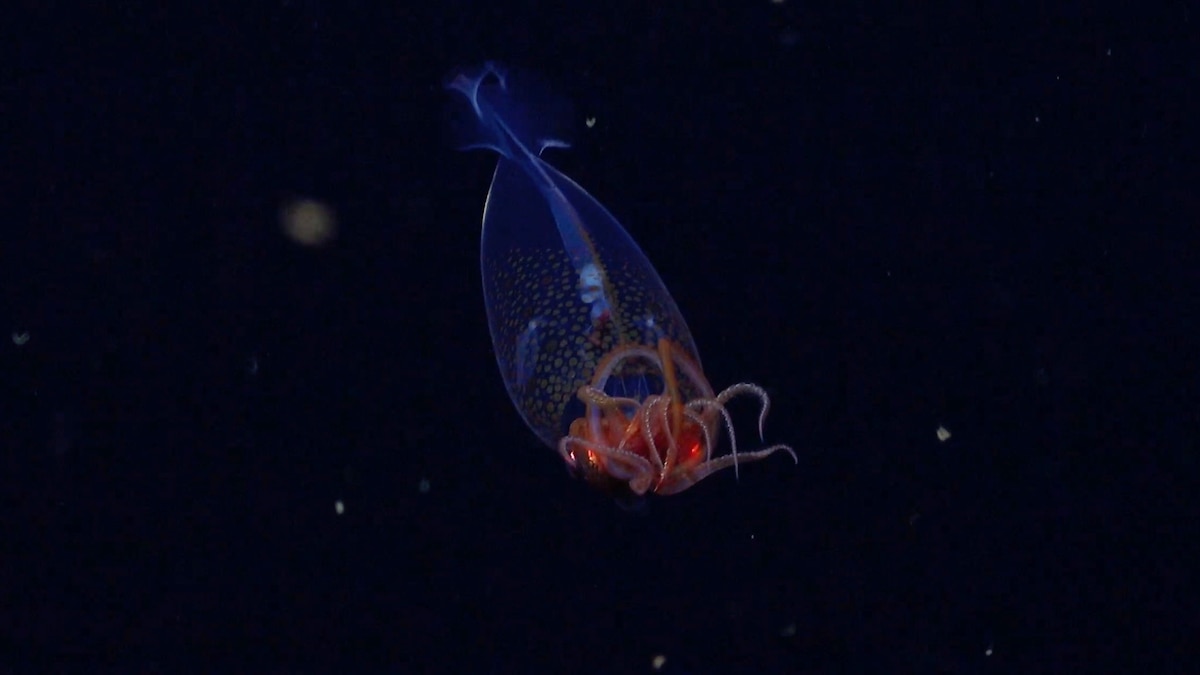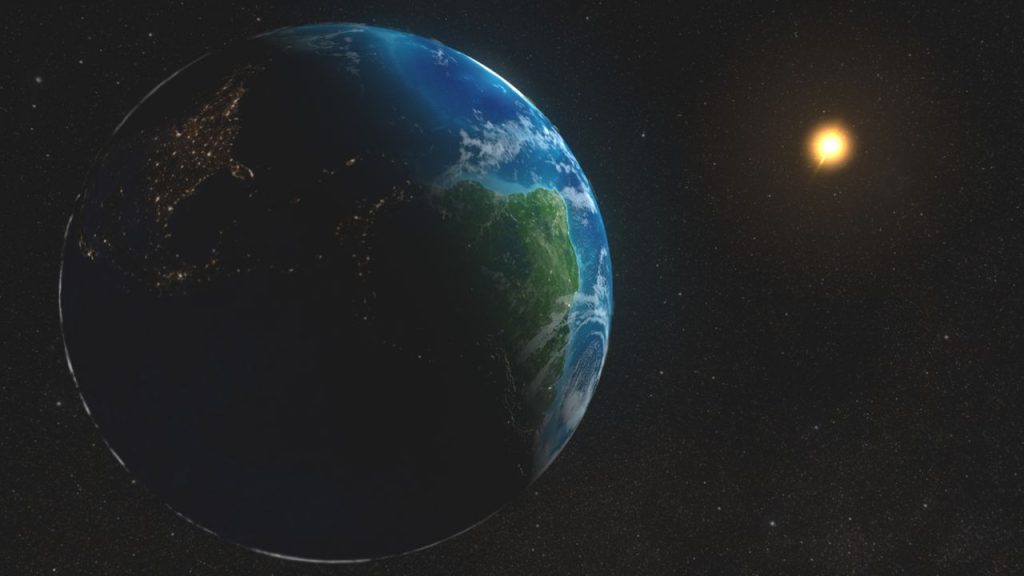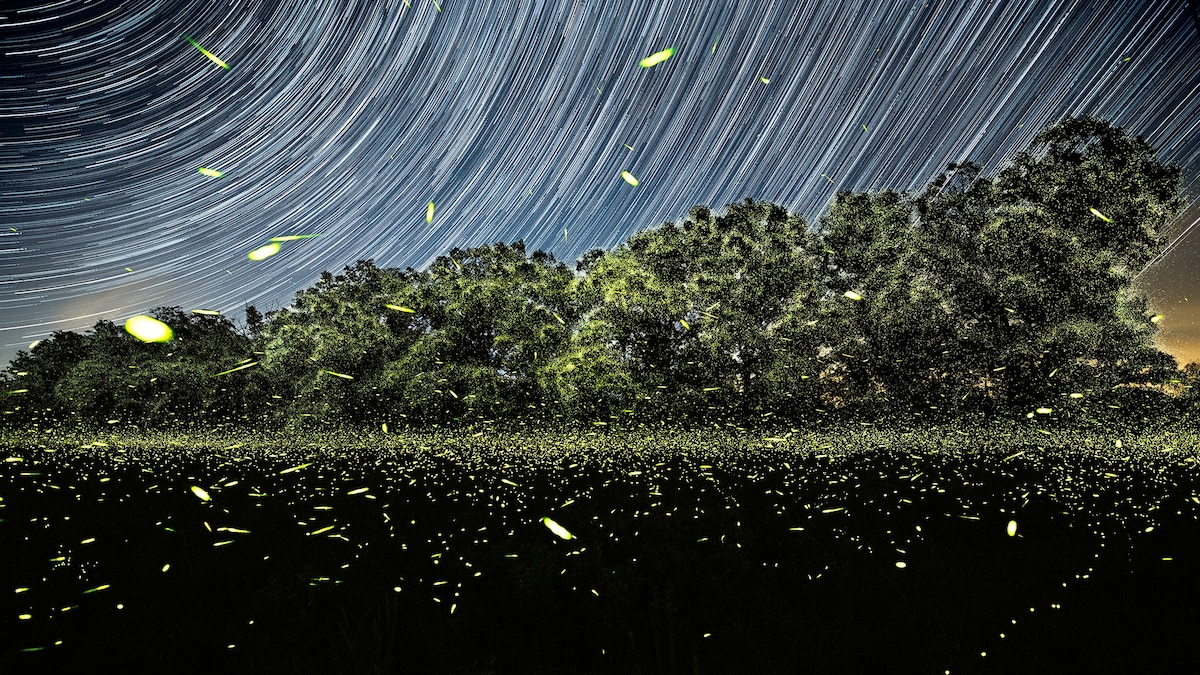Now Reading: Colossal Squid Filmed for the First Time in Deep Sea Discovery
-
01
Colossal Squid Filmed for the First Time in Deep Sea Discovery
Colossal Squid Filmed for the First Time in Deep Sea Discovery

Quick Summary
- Species Spotlight: The colossal squid, the world’s largest squid species, was frist identified 100 years ago using remains found in the stomach of a sperm whale.
- Historic observation: Scientists aboard the Schmidt Ocean institute’s research vessel Falkor (too) filmed a live colossal squid for the first time in its natural habitat at a depth of nearly 2,000 feet near south Sandwich Islands.
- Surprising Size: The filmed specimen is only about one foot long and appears to be in its “teenage” stage-midway between juvenile and adult physical characteristics.
- Mysteries Unveiled: Chromatophores on the squid suggest it has fine control over changing body transparency; previous assumptions about behavior are set to be tested with this new footage.
- Additional Discovery: On an earlier expedition,scientists also observed another elusive species-the glacial glass squid-in its natural habitat at 2,250 feet depth.
- Past Context: As its identification in 1925, sightings of deceased or ensnared colossal squids have allowed scientists to theorize about their biology and behavior.
- Scientific Significance: footage highlights engineering advances that allow researchers closer insights into deep-sea wildlife.
Indian Opinion Analysis
The unprecedented documentation of living colossal squids marks a significant milestone for marine biology and underscores advancements in underwater exploration technology. This discovery could reshape our understanding of deep-sea ecosystems by enabling more accurate tests of theories regarding animal behavior, biological adaptations like transparency mechanisms, and predator-prey relationships.
For India-a country with growing interests in oceanography-this achievement highlights opportunities for collaboration on global marine science initiatives. India’s own advancements such as those enabled by research vessels like Sagar Nidhi mirror efforts to unlock similar mysteries within unexplored territories like the Indian Ocean. Such studies could contribute both scientifically and strategically toward understanding Earth’s least-explored environments while developing lasting practices around fisheries or biodiversity conservation.
This observation also challenges misconceptions about deep oceans being barren or antagonistic spaces-it reminds us instead that ecosystems far beneath surface waters are delicate yet vibrant realms awaiting exploration through scientific ingenuity.

























